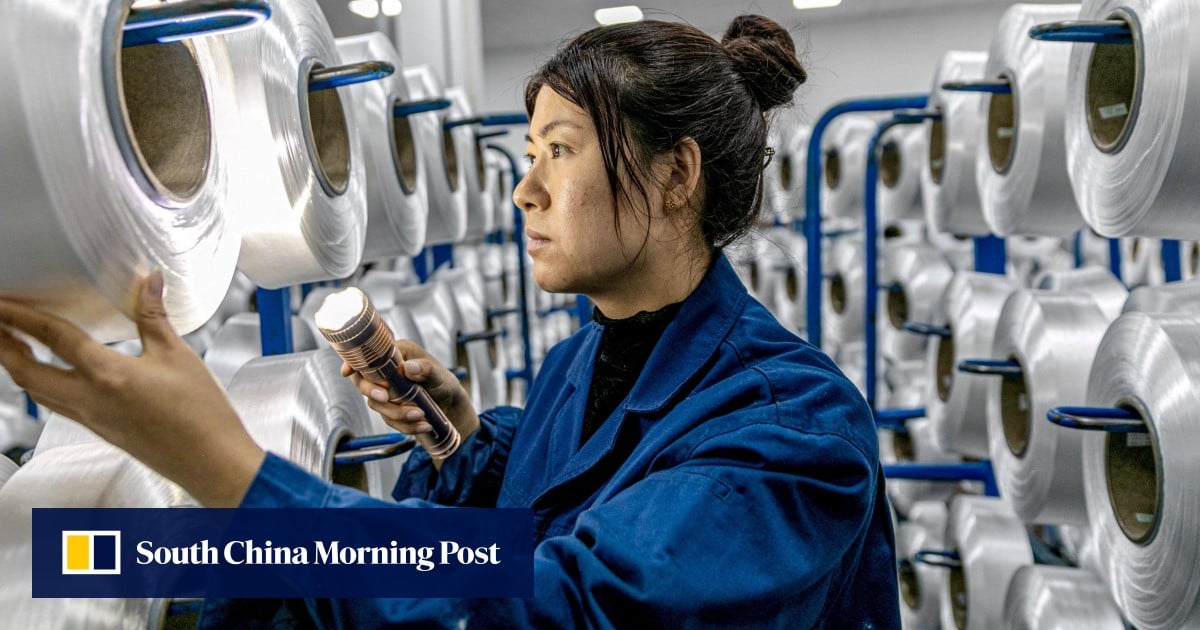
Given that the year-over-year figure is skewed by the low base of comparison, analysts focused on first-quarter growth compared to the fourth quarter to get a better view of the real trend in the economy.
In terms of inflation and seasonalization, China’s gross domestic product (GDP) grew 0.6 percent in the first quarter of this year, compared to a revised growth of 3.2 percent in the first quarter. fourth quarter, 1.4% increase expected by the average forecast of economists in the Bloomberg survey. The NBS revised its fourth-quarter growth rate, from the 2.6% originally reported.
All in all, the momentum seems to have been generally stable in March. But that wasn’t enough to avoid a weaker quarter after a slowdown around the turn of the year
“China’s GDP growth jumped to a record high in year-on-year terms last quarter. But this was entirely due to a weaker basis for comparing last year’s historic recession. In quarter-on-quarter terms, growth slowed sharply and, with the exception of the previous quarter last year, was slower than at any other time in the last decade, ”said Julian Evans-Pritchard, senior economist at Capital Economics in China.
“All in all, it seems that the momentum has been generally stable in March. But that wasn’t enough to avoid a weaker quarter after a slowdown around the turn of the year. The result is that as the economy is already above its pre-virus trend and policy support is withdrawn, China’s post-Covid rebound is stabilizing.
“We expect quarter-on-quarter growth to remain modest for the rest of this year, as the recent boom in construction and exports unravels, pulling activity toward the trend.”
Retail sales, a key measure of consumer spending in the world’s most populous nation, grew 34.2%, slightly compared to the 33.8% increase in January and February and above projection of an estimated 28% increase in the Bloomberg survey.
Investment in fixed assets, a measure of expenditure on items such as infrastructure, real estate, machinery and equipment, grew 25.6% in January-March compared with a year earlier, compared with a gain of 35 , 0% in the first two months of the course. This was below the average of the Bloomberg survey, which called for a 26% increase.
China has set a goal of creating 11 million new urban jobs and a surveyed urban unemployment rate of 5.5% for this year.